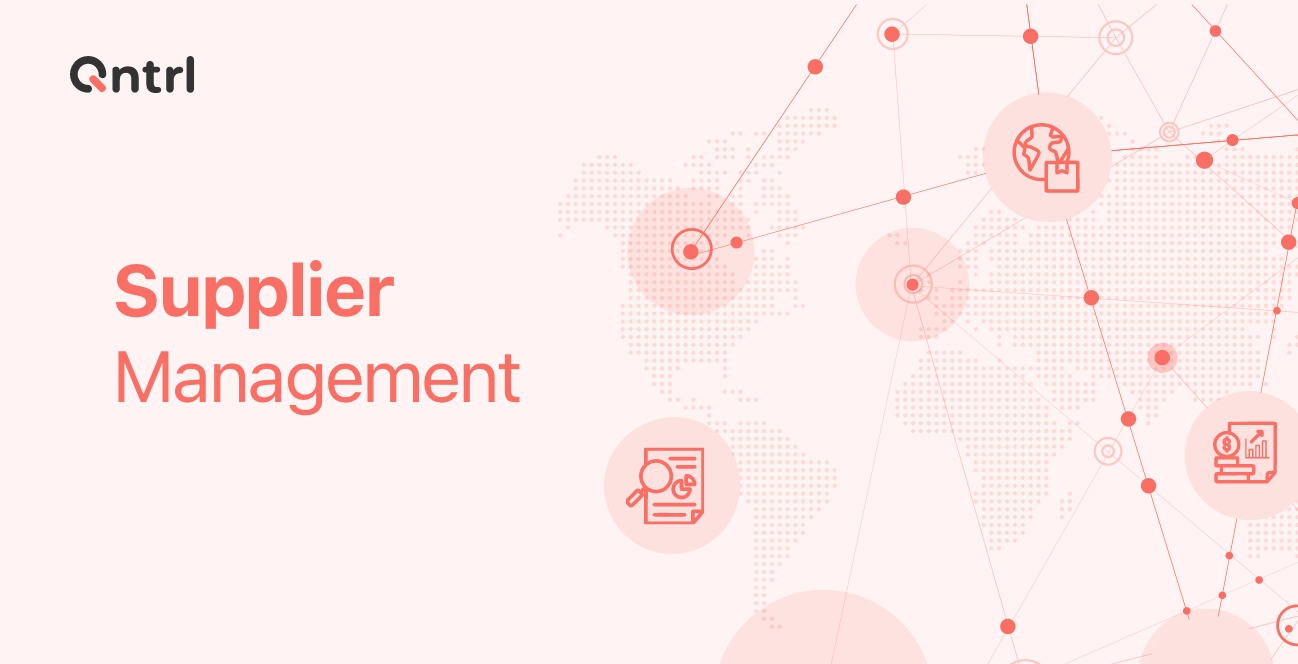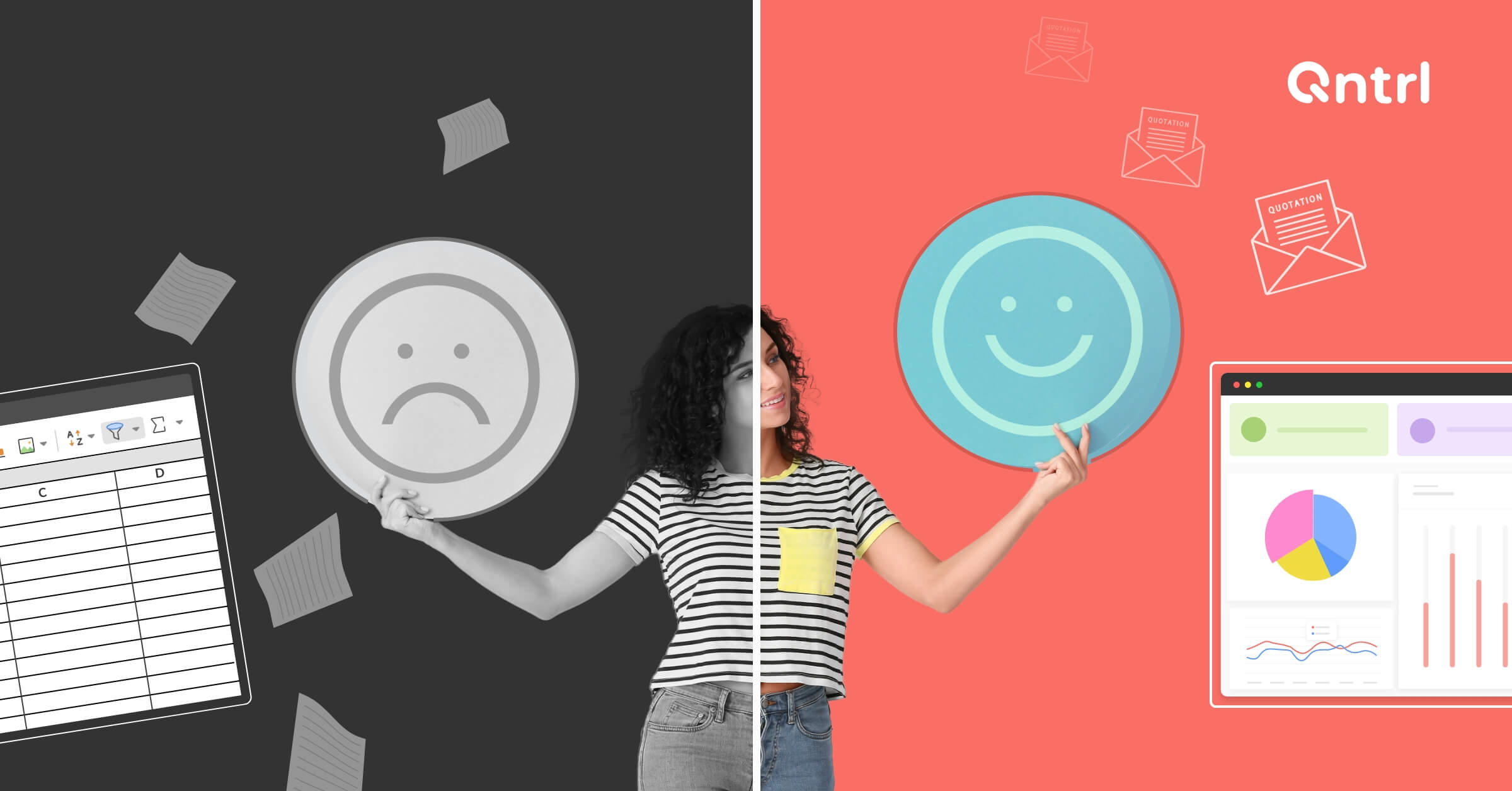"How well are we doing?"
A quantitative answer to that can be overwhelming, yet everyone recognizes the importance of managing people, resources, costs, pay, and more. Similarly, performance reviews in procurement reveal how well different aspects of the procurement process are performing in terms of cost, quality, delivery, service, and many other parameters. In this article, we'll be exploring effective frameworks for producing balanced scorecards and strategic measures that can help businesses to develop their performance in procurement.
Procurement KPIs give project teams the ability to objectively monitor and report progress in procurement, which ultimately enables procurement teams to lucidly and impartially track and report progress. In recent times, procurement KPIs have become easier to track on a monthly or daily basis, since they're more customizable and precise.
Benefits of measuring procurement KPIs
Offers a better understanding of the issues, bottlenecks, and mistakes in the procurement arena
Aids in focusing on crucial objectives of the organization, like cost reduction or maintaining quality, and inspires staff to perform better
Decreases friction within teams and helps in curating a more profitable plan
Management can analyze patterns and compliance in procurement functions
- Provides a transparent peek into the supplier-buyer relationship, resulting in reduced risk and increased compliance
Important questions to ask for all verticals
Are we minimizing costs? Is the procurement process risk-free? Is the procurement process efficient? Has it added value to the organization?
These are the major aspects of the procurement process that need the most attention. So we will only focus on those metrics that expand on cost reduction and maximizing efficiency and value in this section.
Purchase order KPIs
Purchase order cycle time
Time is money! This metric represents the overall time (number of hours or days) invested in a purchase order from creation through approval, receipt, invoice creation, and payment completion. It excludes the production and delivery time of the actual goods and largely concentrates on the purchase order.
A decreased cycle time shows that the procurement team is efficient and organized. Trimming purchase order cycle time drastically brings down expenses and cuts down on the overall cost of procurement, resulting in healthy cost savings.
Purchase order accuracy
One can determine whether the suppliers are delivering the appropriate goods at the right time in accordance with the purchase orders by monitoring this measure across buyer segments and supply categories. This KPI is used to evaluate operational excellence and can affect operating expenses when purchase order accuracy is low. The percentage of purchase orders with a line item, pricing, quantity, or delivery date/address problems compared to the total number of purchase orders over a time period is used to gauge purchase order accuracy.
Emergency purchase ratio
Like the name suggests, this metric is the ratio of emergency purchases to all purchases over a given period. The efficiency of a company is increasing if they have a decreased emergency purchase ratio.
Enterprises frequently receive last-minute purchase requests as a result of unanticipated supply shortages. A significant volume of these requests, however, indicates inadequate procurement strategy and results in greater expenses. A reduced emergency purchase percentage can boost a firm's possibilities of making financial savings, enhancing procurement methods, lowering supply risk, and guaranteeing product continuity.
Cost reduction KPIs
Procurement ROI
Procurement ROI (which is different from general ROI) is viewed as the most crucial key performance indicator by many professionals in the field. Nevertheless, in order to provide a more comprehensive view, it is frequently examined in connection with other metrics.
Annual cost savings are divided by the internal procurement cost to determine the procurement ROI. This metric aids in analyzing the overall profitability and cost-saving advantages of an investment or procurement function and is best suited for internal spend analysis.
Cost avoidance
This KPI takes into account the steps taken to cut down expenditures and expenses in the future. It focuses on the preventative measures undertaken by the procurement team, such as sourcing better supplies and equipment, replacing malfunctioning equipment before it causes damage, and making investments in process improvement.
Even though they helped reduce costs, these savings are referred to as "soft saves" since they can indirectly and qualitatively influence decision-making.
Cost reduction
Cost reduction, on the other hand, is a firm counterpart to cost avoidance—if cost avoidance is soft saving, then cost reduction is the hardest of all savings. It quantifies the actual savings made possible by different cost and procurement management strategies. The previous and new prices for the item or service may be compared to determine this KPI. Over time, you may boost your efficiency by continuously focusing on cost-cutting and yield significant savings. that will only grow as the analytics get better over time.
By segmenting this KPI and tracking each component separately, you can get a holistic picture of your company's overall cost reduction. For instance, many companies choose to automate fully and streamline the procurement process in an effort to cut expenses.
By doing this, they avoid having to hire and train additional staff members, lowering the entire cost of procurement. In order to have a complete picture of their overall cost reduction, businesses can measure process improvement and the corresponding decrease in labor costs, on top of the cost savings via price negotiation.
Supplier KPIs
Defect rates
Any relationship between a buyer and a supplier must include quality control. The quantity of defective or damaged products that a supplier delivers is counted and recorded as the supplier defect rate, which provides a clear picture of the supplier's dependability and credibility.
The defect rate, which is frequently expressed as the number of defects in a set of orders, can be further divided into the kinds of flaws and the time required for a supplier to rework the product(s).
Lead time
The time between when a supplier receives an order and when it is sent is known as the supplier lead time. This KPI is frequently expressed in days. Vendor lead time begins with ordering and availability confirmation and ends with product delivery.
Compliance rate
Verifying that your supplier is providing what they committed to during your negotiations is all a contract compliance KPI entails. The compliance rate with regard to negotiated price is calculated as the proportion of disputed invoices to all invoices. The same methodology can be used to verify other terms.
If you look closely, most metrics concern cost reduction strategy—but over time, we have seen enterprises trying to reduce costs in the short term while investing more resources in full-time equivalents, to fuel the momentum of the procurement process. This approach has not only increased overall long run costs but has contributed to a process-less manual handling of the sourcing process.
The 21st century idea of procurement is a technologically driven strategy with fewer resources and leaner budgets. It's essential that all the above-mentioned metrics show amazing results. Software to manage your procurement process, track KPIs, ensure compliance, and effortlessly scale is an ideal solution to approach an economically sustainable procurement model.
Check out Qntrl—a workflow orchestration tool to improve your procurement process and KPIs.







